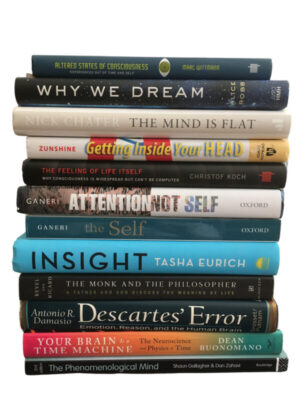‘Death of Vishnu,’ ‘Age of Shiva’ – fiction review
Written on January 1, 2008
 Thanks to LibraryThing’s Early Reviewers Program, I received an advance copy of The Age of Shiva: A Novel
Thanks to LibraryThing’s Early Reviewers Program, I received an advance copy of The Age of Shiva: A Novel by Manil Suri, which is due to be published in Feb 2008, according to Amazon. Since it is the second volume of a trilogy, I re-read the first book, The Death of Vishnu
, while waiting for ‘The Age of Shiva’ to arrive.
Now I’ve read both novels, and find that I much preferred ‘Vishnu’ to ‘Shiva.’
‘The Age of Shiva’ is told from the first-person perspective of one character, Meera, addressed to her son, Ashvin. Set against a background of Indian politics and history during the early years of independence, much of the story concerns the intense relationship between Meera and her child. Meera’s father is a progressive who urges his daughters to become educated and have careers. Paradoxically, Meera experiences this as paternal interference; an early marriage seems to be her way of rebelling against her father’s wishes. Jealousy of her older sister also plays a role, so that much of Meera’s life seems to be based on reactions to her relatives and other people around her. Echoes of the mythological figures of Shiva, Parvati, and their son Ganesha are also woven in.

In ‘Death of Vishnu,’ among many stories involving the residents of one apartment house, there is a compelling treatment of three characters who exemplify differing concepts of transcendence. The title character, Vishnu, at the lowest level, undergoes death and rebirth, while an upstairs neighbor, Mr. Jalal, takes a more intellectual approach. On the top level, Mr. Taneja experiences a gradual withdrawal from the world after his wife’s early death. His story seemed to me to be a beautiful depiction of a very natural kind of spiritual development, in contrast to Mr. Jalal’s deliberate efforts.
Filed in: fiction.


